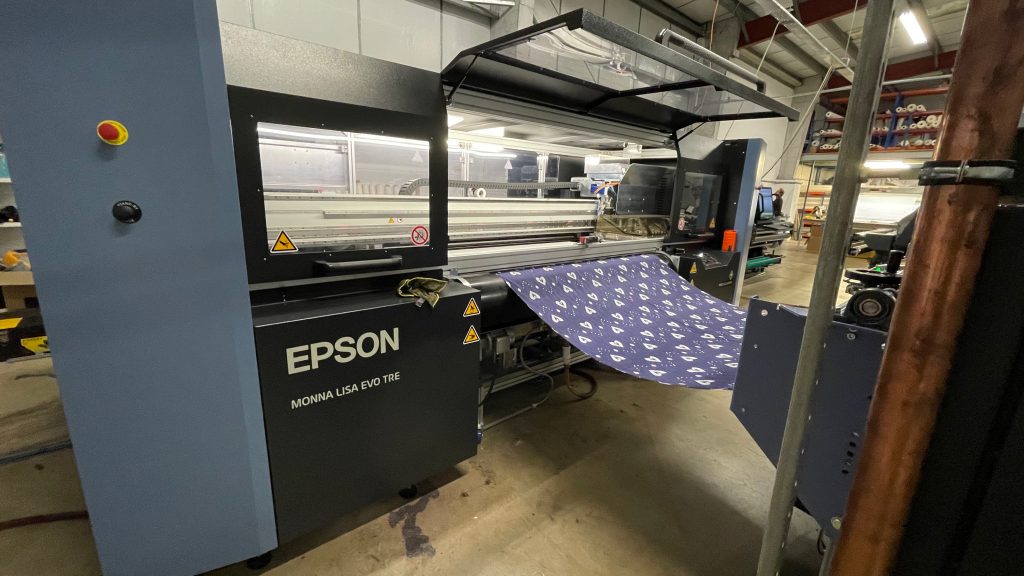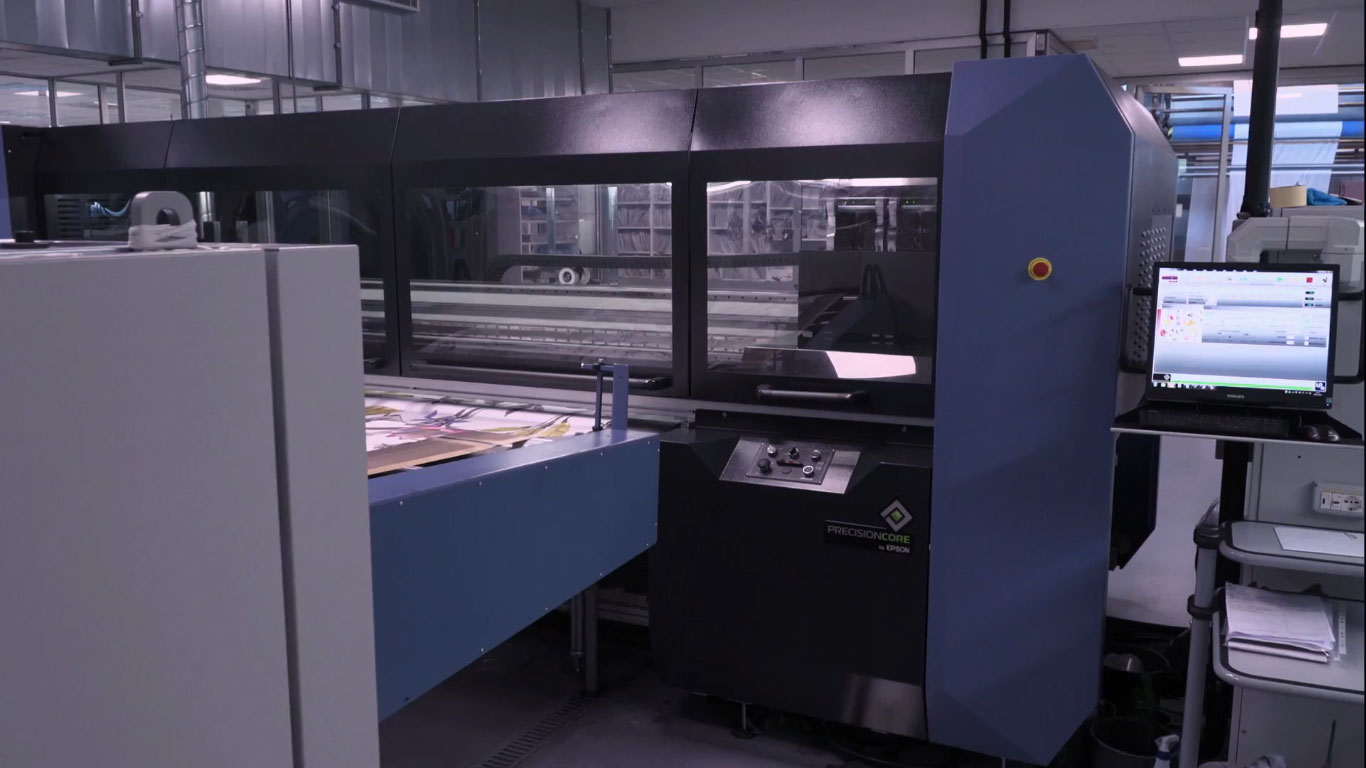In the future of fabric printing in the UK, significant growth can be expected. The data from the newest report shows that the future of digital textile printing shows the estimated growth of market value to reach 5 billion euros in 2023. Even though digital textile printing shares 5 percent of the global production market of printed fabrics, it is believed that within the next 10-20 years, this percentage will grow from 5% to 80%. Now first, let’s understand what digital printing on fabric is. 
Digital Fabric Printing
Digital fabric printing is a new way to print on fabric. It’s like when you print a photo to your inkjet printer at home. In simple language, digital printing is like an inkjet printer for fabric. The printer feeds a roll of fabric through a large format inkjet printer, and the design is printed directly onto the fabric.
This is not a new process; this technology started to appear in the 1990s. It started as printing onto transfer paper which was then heat set onto the fabric. As technology has evolved, we can sometimes print directly onto the fabric.
Digital printing on fabric is divided into different categories based on the dye used. In pigment printing, Japanese water-based ink is used, and that pigment allows using any substrate, i.e., cotton, fabric blends. A dye-sublimation method also allows ink to go from a solid state to a gaseous state and bond with synthetic material fibres during the heating phase.
Future advantages of digital textile printing
The increasing demand for digital textiles and fabrics across several industries is a major factor driving the global textile printing market. Today it is extensively used in clothing, commerce, textile, and for manufacturing products such as bags, banners, carpets, and aesthetically appealing product packaging. Several advanced printing applications, such as UV and eco-solvent for operations, further catalyze market growth.
In today’s digital textile industry, the limitations are twofold. Different types of inks are required for different types of fabrics. Each fabric type is printed with specific ink technology, requiring dedicated printing machinery as per application.
Many digital printing technology issues will determine the future of textile printing. These involve print speed, drop size configuration, color control, and matching—today’s fabric choice is dedicated to the choice of ink. Different types of inks are used for different types of fabrics and applications.
Types of printers used in digital textile printing
There are different types of printers used in digital textile printing. But there are two most important printers used in the digital textile processes such as multi-pass scanning printers and single-pass digital printing
- Multi-pass scanning printer: This particular printer has been in the market for almost 30 years. This printer can perfectly convert pixel LAB data or information into drop color position. The image developed by this printer has been developed on fabric by horizontal bars that are used to overlap the covering printing errors that occur in one or more strokes.
- Single pass printer: This printer does not have a moving carriage with print heads mounted across the entire fabric width. The printing technology allows printing speeds to be as high as 2400 linear meters per hour. In addition, 7-10 times more print heads are needed in the single pass and can be very costly.
Advantages of digital textile printing
- Lower fixed cost is among the top benefits of digital textile printing. This is because of the limited lack of color separation and screen etching.
- Faster sampling and short-term delivery are added advantages, as digital designs are easy to develop and modify without delay.
- Higher resolution, flexibility, and choice of color combination are far better with digital fabric printing services, as the procedure is free of any rotary screen limitations.
- Digital fabric printing Uk is dealing with the textile industries that waste less ink, thus resulting in fine and near-accurate design prints on fabrics.
- The sustainability and eco-friendly aspects of digital textile printing further make it a preferred choice since the rotary screens don’t require any washing to apply a new color, saving a lot of water.
- There is literally no open excess dye or chemical disposal in the environment, which makes the process safe and hygienic.
How do digital printing benefit textile companies and impacts print quality and production speed?
Digital textile printing is one of the fastest growing sectors in the textile industry, with leading fabric printing UK and worldwide shifting from conventional to digital technology. The fashion designing industry has the highest contribution to digital printing technology.
In short, digital printing on fabric is sure to take your business sky-high and bring loads of profit in a short time period, which would eventually make it worth the initial setup and procurement of the first printers.
Bottom line
Digital textile printing technology has opened the door to creativity by encouraging photographic reproduction, creating details, and experimenting with brand-new applications. The current market demonstrates some new innovations in digital textile printing, and each technology has different unique characteristics, benefits, and limitations.
Forest Digital provides quick and easy digital fabric printing services, which require no pre and post-treatment. They provide a solution for unparalleled printing quality, speed, and performance that you can completely rely on.

